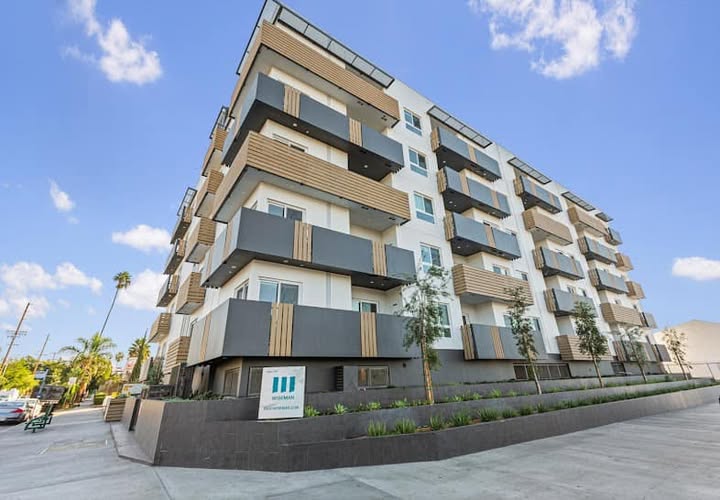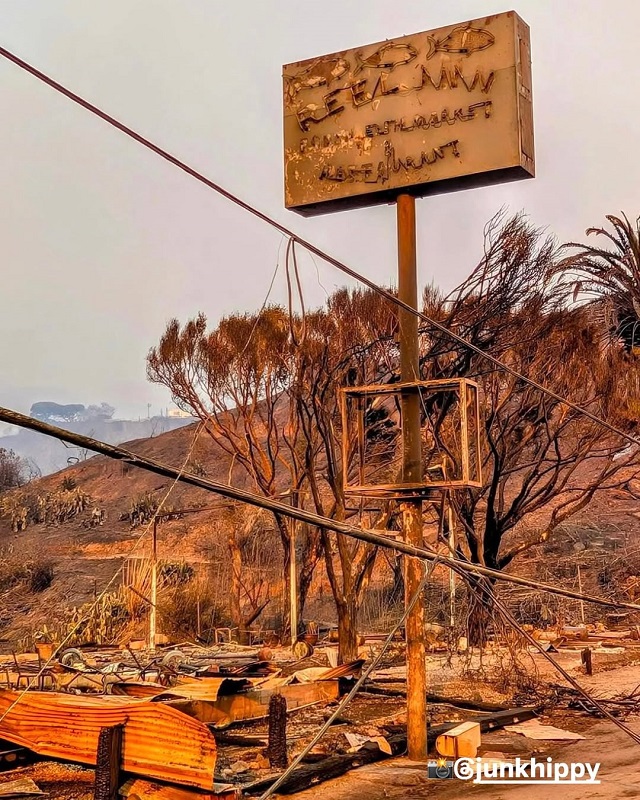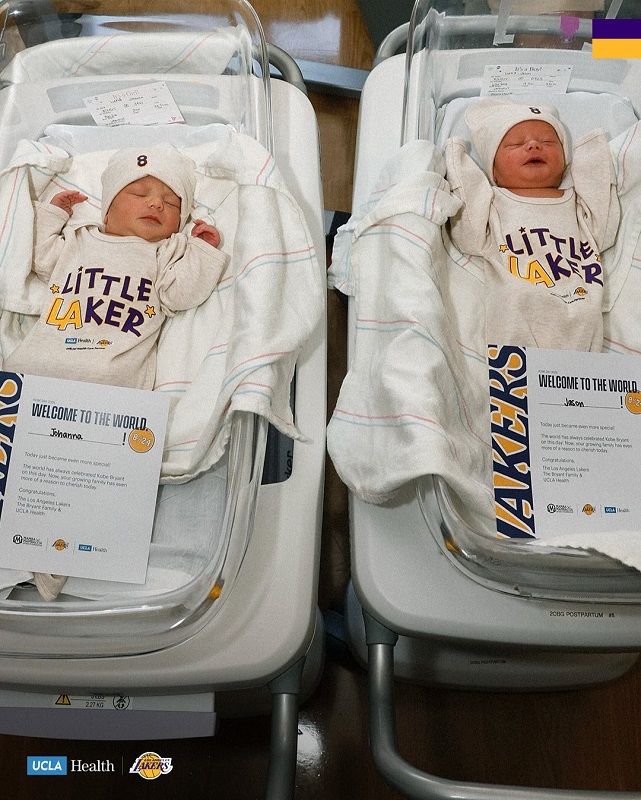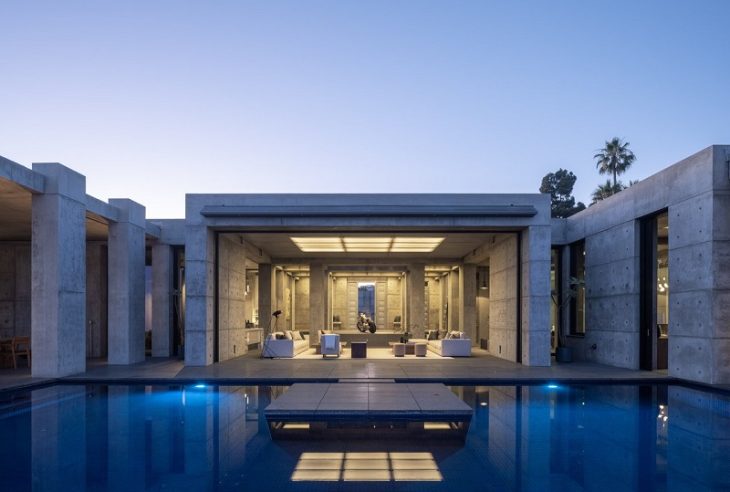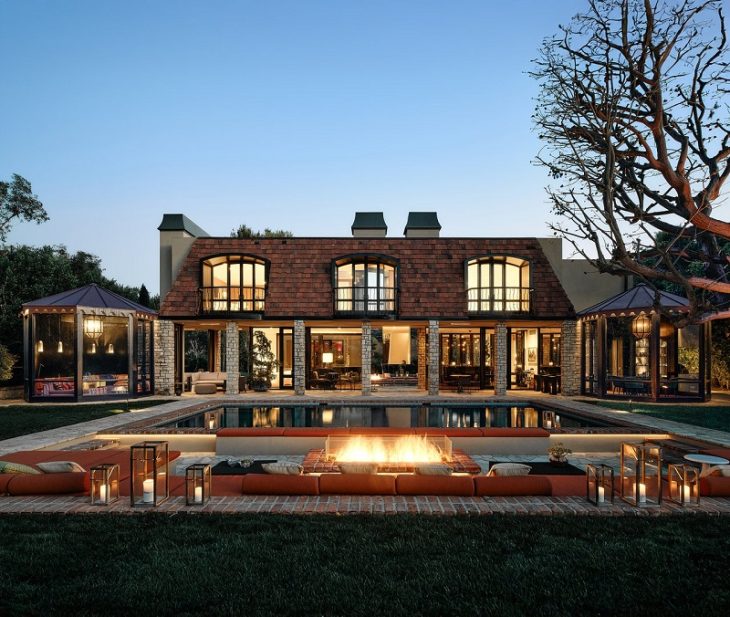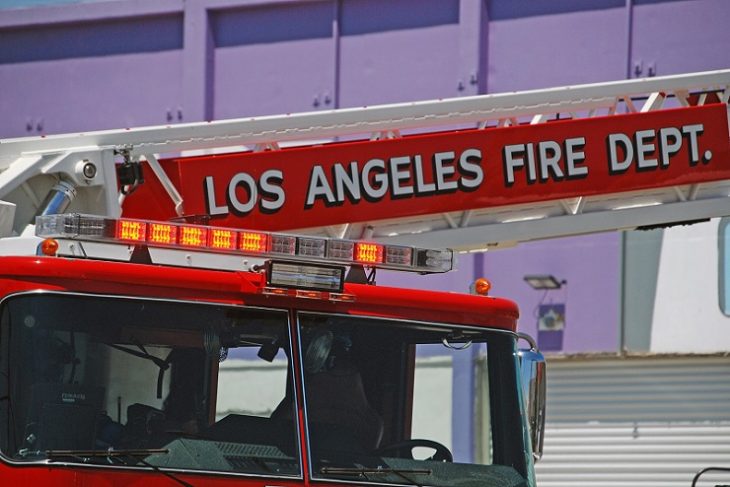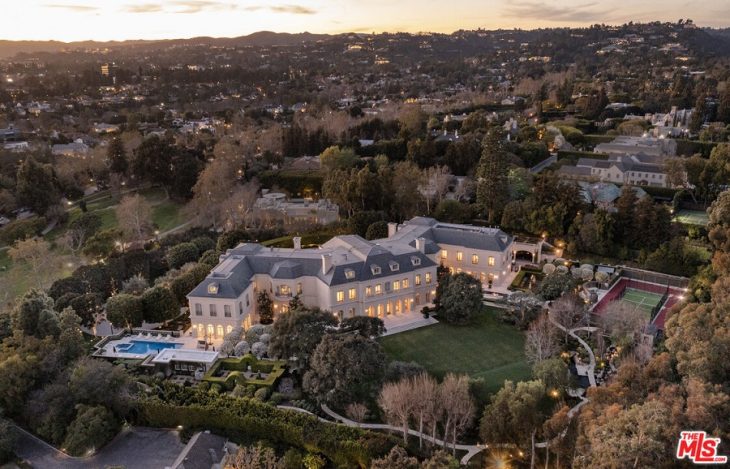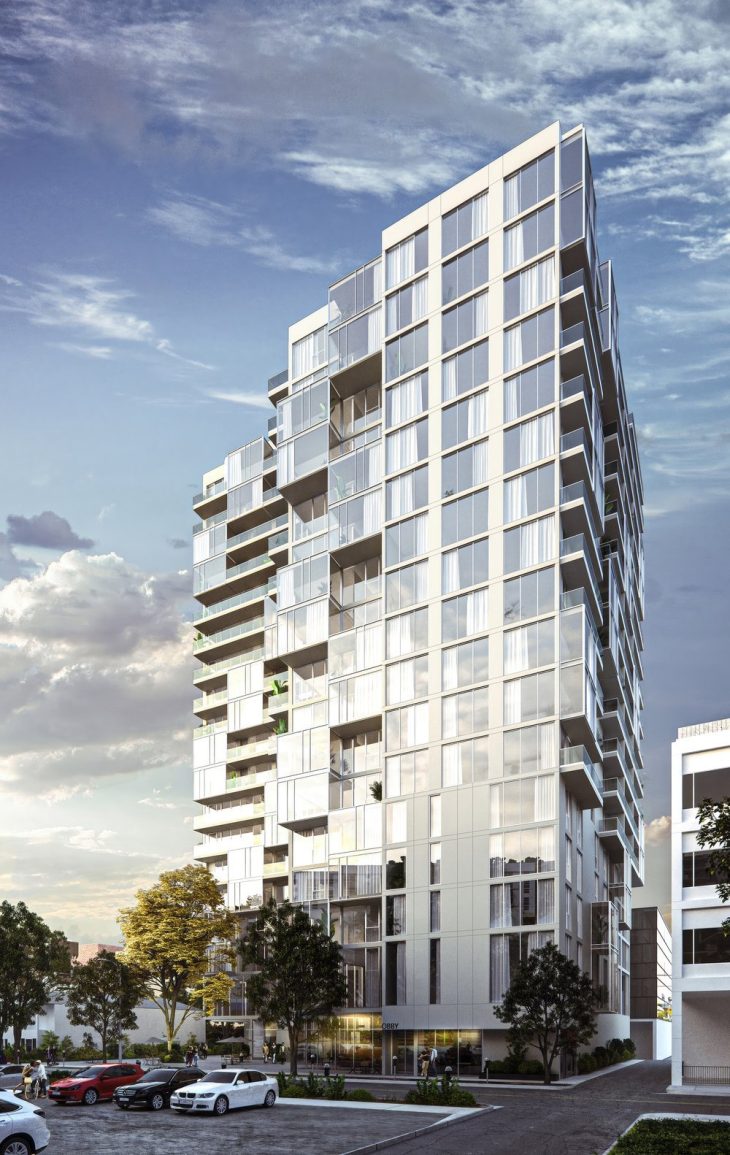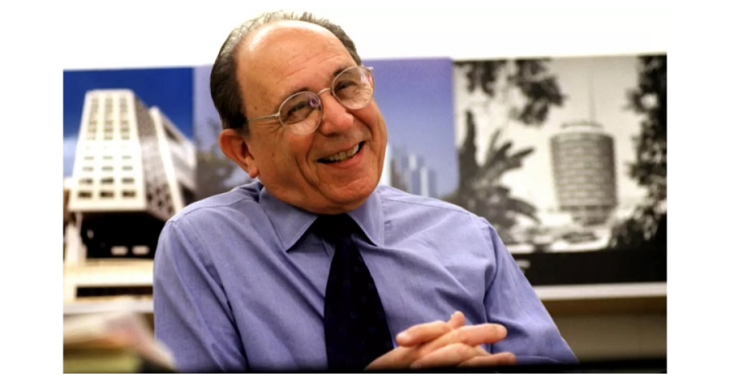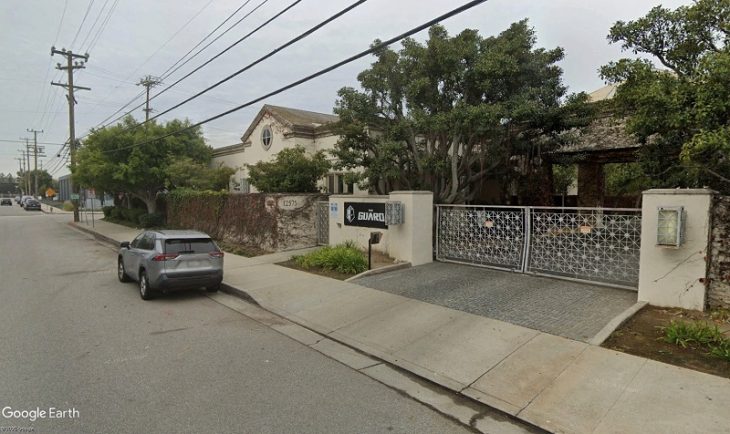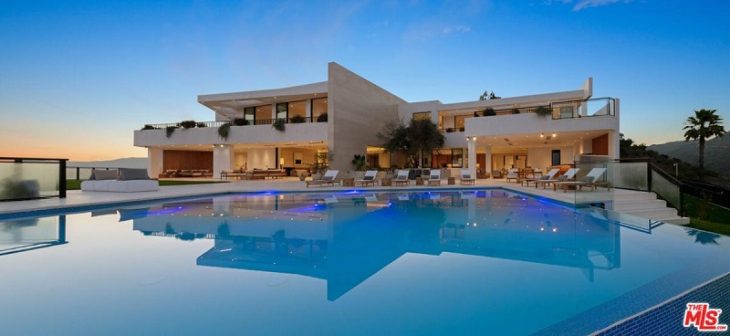Century City and Westwood are two of the most affluent neighborhoods in Los Angeles. With a property market geared towards serving celebrities and professionals who enjoy being in close proximity to Beverly Hills and Santa Monica, it’s no surprise to see how prices got to where they are today.
In both Century City or Westwood, you would be hard-pressed to find a 2-bed apartment under $3,000 per month, meaning they’re consistently above the LA average. But with so many high-end amenities nearby along with being relatively safe neighborhoods, they have grown a prestigious reputation.
But, many wonder if this is still the situation today. Beyond the cooling LA market and rising interest rates, the two neighborhoods have had a sticky past few years – will they rebound?
A brief history of Century City and Westwood rental markets
In 2019, Westwood ranked as the most expensive neighborhood in the US, outside Manhattan. The road to how this happened was exceedingly linear. You take an upper-middle-class neighborhood that happens to be close to UCLA – a university where its prestigious reputation and popularity is perpetually growing – and see a growth in high-end shopping malls, restaurants, and museums nearby.
This isn’t a story of gentrification alone. It’s partial luck for the existing homeowners in the area because Westwood has strict zoning laws. This means a preservation of space and wealth where apartments are in limited supply despite a continuing rise in demand. Construction is difficult in the Westwood area, and not a lot can get done to house everyone.
Beyond the university staff and any wealthy students, it also became a culturally popular place to reside due to being juxtapositioned with Hollywood and Beverly Hills. And, like all gentrification, it spreads, with Century City inevitably the next to be affected.
2019 onwards
2019 was the apex of this real estate market. Covid-19 did no favors to real estate markets in general, as it was difficult to get physical viewings of properties or conduct any kind of business. In such an uncertain environment, people were bunkering down (or fleeing) as opposed to moving into the area.
As sales volumes and listings got muted, so did the seemingly ever-growing rental prices. Of course, we know how the lockdown era ended, and it was far from just this corner of LA that was impacted. But, things never really picked up since then. In fact, they got worse.
Once working from home was introduced, it was difficult to take away. We saw a trend of tech employees relocating to cheaper neighborhoods, or even leaving California entirely, to benefit from the same wages but with rental prices halved.
Mansion tax
Just as things were beginning to stabilize in 2022, towards the end of the year voters approved a new tax amid a growing homelessness crisis. Over 28,000 people are unhoused and living in Los Angeles, and a new tax that targets properties over $10m aims to redistribute the tax revenue into affordable housing schemes. And, the disincentive towards owning a mansion may encourage these spaces to be repurposed into buildings with more rental units should the zoning laws accommodate it.
The Mansion tax applies a 4% levy on sales between $5m and $10m, and a 5.5% tax on sales over $10m. A $14m home leaves a seller $833,000 worse off than compared to pre-April the 1st 2023, which was when the tax came into effect.
Exiting Los Angeles
The new tax has incurred a sell-off frenzy, in which realtors sought to sell off their property cheaply before the April deadline. This led to buyers picking up property many hundreds of thousands of dollars cheaper than its previous market rate because this was still preferable for the seller than paying the tax.
In fact, the max exodus has already had an impact on the projected figure for what the tax will generate in revenue. The revenue, which is intended to be directed to the homeless ULA initiative, is now projected to generate $672m a year, a figure dropped from $1bn since the market cooled off post-frenzy.
This wouldn’t be the first time that the state of California has seen a trend towards exiting the market, as Joe Rogan claimed an army of people was following suit after he left for Texas during the pandemic.
An opportunity presents itself for foreign property investors
Progressive laws and higher taxes may have caused some to flee, but the LA market is agreed to be stable over the long term. For that reason alone, it presents an opportunity to foreign property investors in particular, who may see it as a good time to enter the market and buy up assets.
As emerging markets in Asia continue to outperform the West when it comes to annual growth, the number of wealthy investors is rising. However, whilst money can be made in these emerging markets, it’s not always a safe place to keep hold of it because of political and economic volatility.
Many investors see the US, and in particular LA, as at the forefront of high living standards, prestigious business environments, and a safe space politically. When considering the volatility of Silicon Valley’s tech scene, Century City is a prime example of an attractive business district; media studios, business towers, and Westfield Shopping Center are all the heartbeat of Century City’s economy.
This is as opposed to San Jose’s tech environment for example, which is less diversified. Century City is an area where working from home is less impactful, too, given it’s also a leisure and luxury market along with more traditional businesses.
These areas of LA are already incredibly diverse, with not just wealthy expats and investors arriving but also international students attending UCLA. International money transfers are a vital part of these neighborhoods, and considering that transferring internationally is easier than it ever was, it only makes it more compelling for investment. Cross-border wiring and currency exchange have come down to the bare minimum compared to a decade ago.
Market Outlook
The LA rental market remained stable for investors throughout all of this, even if Century City itself did struggle somewhat, with an 11% rise in 2022. However, the price-to-rent ratio remains extremely high in LA, and with rising mortgage repayments, it’s a market that remains more suited to asset growth than income alone.
The Mansion tax, along with a turbulent economy, may have dropped the median sales price in 2022. Many mansions in the Beverly Hills and Hollywood area saw as much as a million knocked off their valuations. But, LA is expected to see an annual real estate appreciation of 9.42% in 2023 along with price-corrected luxury homes, providing a compelling proposal for outside investors.
In other words, the impact of the mansion tax appears to be short-lived, with only a short-term cooling and a selling frenzy that’s deadline has already passed. Whilst prices took a dive between March 2022 and February 2023, the month over to March 2023 already saw a significant uptick in the median sold price. This highlights that, even in the lead-up to the Mansion Tax deadline, the majority of the market grew because of being under the threshold.
Most analysts claim that a correction has occurred and now it’s back to business as usual. Beverly Hills is one of the highest performing municipalities regarding meeting its housing goals, whilst LA more generally scores an average C-. Overall, Century city and Westwood will continue being the coveted neighborhoods they always have been. And, for any investors hit by the mansion tax, there will be the well-needed benefit of improving LA’s homeless problem.
